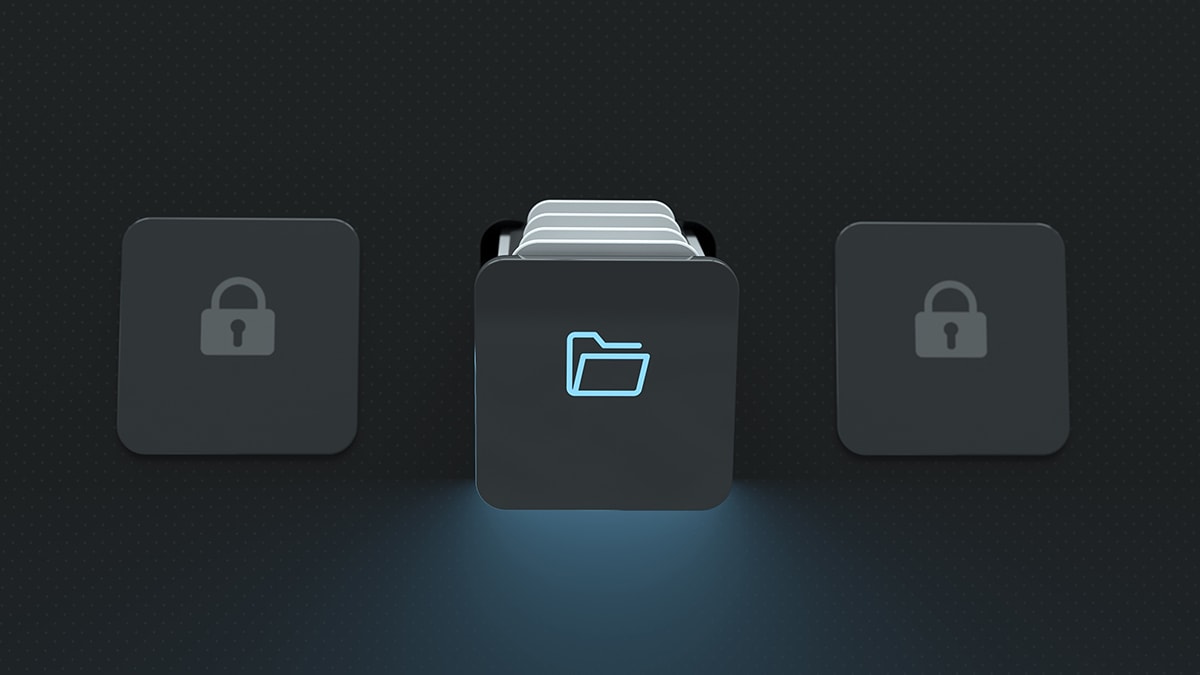At a glance
- Restricted-use data refers to confidential data, which usually includes protected personally identifiable information.
- Researchers must apply for access to restricted-use data and follow strict guidelines.
- Discover details about the application process.

Overview
Complete all requests for access to National Center for Health Statistics (NCHS) restricted-use data in the Standard Application Process (SAP) portal. Within the SAP portal, please summarize your restricted-use data needs for each section of the application. You must provide a data dictionary and a description of the output you need for your final data product. A data product can be a paper, journal article, or presentation.
Application tips
Tip 1: You must create an SAP account to obtain a user ID and password before submitting an application.
Tip 2: The Principal Investigator (PI) will receive all notifications about the progress of application review and status. This will be the only account authorized to edit, submit, or withdraw the application.
Tip 3: You must select the dataset you need from the metadata to begin the application. You may select multiple datasets at a single time; however, the requested data must address the same research question(s).
Tip 4: If any NCHS data are missing from the metadata, please send an email to rdca@cdc.gov.
Tip 5: The SAP will require you to upload a variety of documents for various sections of the application. NCHS recommends that you prepare these documents in advance for upload at the time you are submitting the application. These documents would include—
- Data dictionary of requested variables
- Description of research methodology used
- List of references
- Detailed description of requested output
- Timeline for managing the project within a three-year time period
Upload each document into its appropriate section within the application. Do not combine files. The accepted file formats for these documents are .pdf and .docx.
Tip 6: In the agency benefits section, provide a description of how your research benefits public health.
Sample application
Student advisor agreement
When a PI submits an application on behalf of a student, the PI must include a signed RDC Student Advisor Agreement.
The RDC student advisor agreement summarizes RDC policies and procedures that the advisor and student will agree to follow.
Creating a data dictionary
The data dictionary is an essential part of the application. Upload it into your application. During the application review process, NCHS will use it to assess the disclosure risk of the project. Once NCHS approves the application, it uses the data dictionary to create your dataset.
There are three sections to the data dictionary.
Public-use data
Please select only the variables from the public-use data that are necessary to answer your research question. We will not merge the entire public-use file to your dataset.
Restricted-use data
List the restricted-use variables you need to answer your research question. We list many of the restricted-use variables on our restricted data page, however these lists are not exhaustive. Reviewing the survey documentation (i.e., questionnaire) will help you determine what additional variables may be available.
Non-NCHS data
If you wish to have variables added from another data source, please provide a list of those variables. Do not exceed 100 variables.
Data dictionary guidelines
1. List or provide the following in a table:
- Filename for the data source (e.g., NHIS 2000 person file)
- Variable names
- Variable descriptions
2. If using variables from a NCHS public-use dataset, provide the variable names given in the public-use file documentation.
3. Highlight the variables in the data dictionary that you want used to merge datasets. It is important to format these variables consistently between datasets for the merge to successfully complete.
Data dictionary considerations
Provide one data dictionary that lists the variables necessary for your research instead of separate ones for public and restricted use for the following surveys—
- National Hospital Discharge Survey
- National Ambulatory Medical Care Survey
- National Hospital Ambulatory Medical Care Survey
Data dictionary examples
Because all data systems are slightly different, the data dictionary may come in a variety of styles.
Sample Data Dictionaries—
Amendments
We understand that research evolves and may change from the day you submit your application. NCHS must approve project changes (also known as amendments). These changes may affect the disclosure risk and whether you may release your output.
Common types
Change in research team
Your application must be updated if a team member departs the project. You must update the application to include the new team member contact information. This new person must complete the confidentiality requirements.
Additional variables needed
Adding variables may change the disclosure risk of the research and/or output described in your application. Adding variables may result in additional costs.
New methods used or additional types of output needed
There may be a case where your analytic plan changes significantly from the method stated in the approved application. Please discuss the changes with your RDC analyst before conducting the analysis. You will need to document changes in the application.
If the content and/or types of output you need changes, you will need to amend your application. Revise the output description in an amended application. The RDC can only release output to you that has no disclosure risk. The output you generate must match the description in your approved application.
Amendment timeline
Application amendments require approval; typically, NCHS gives approvals within four weeks. However, a full review of 8–12 weeks may be necessary for more complex amendments.
Contact your assigned RDC analyst for instruction on how to amend your application.
